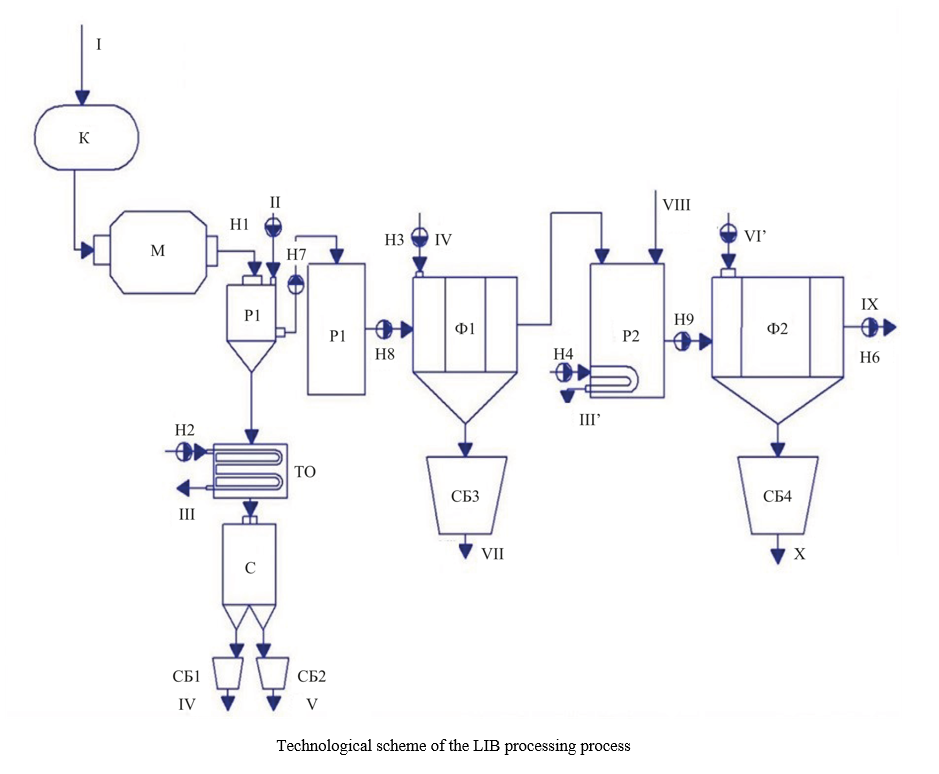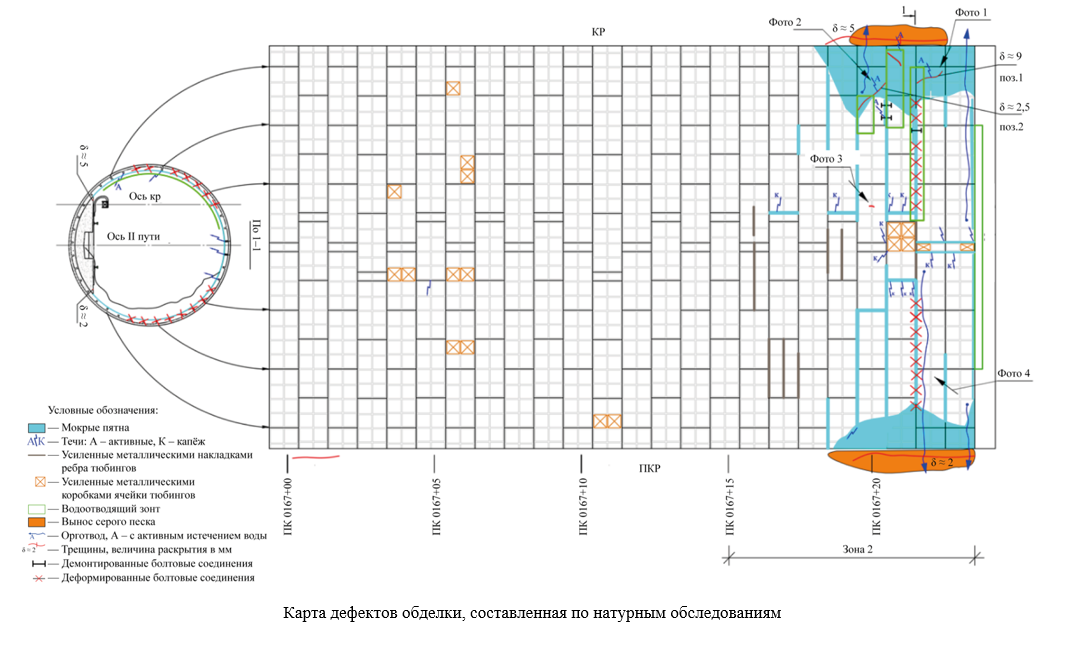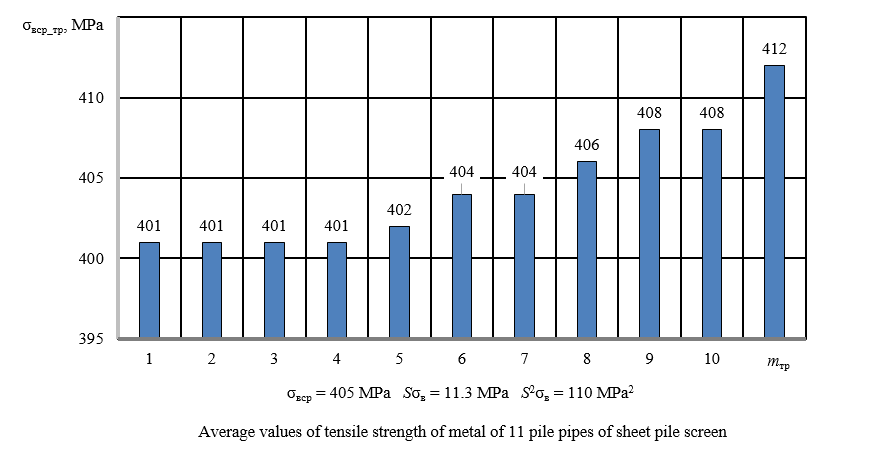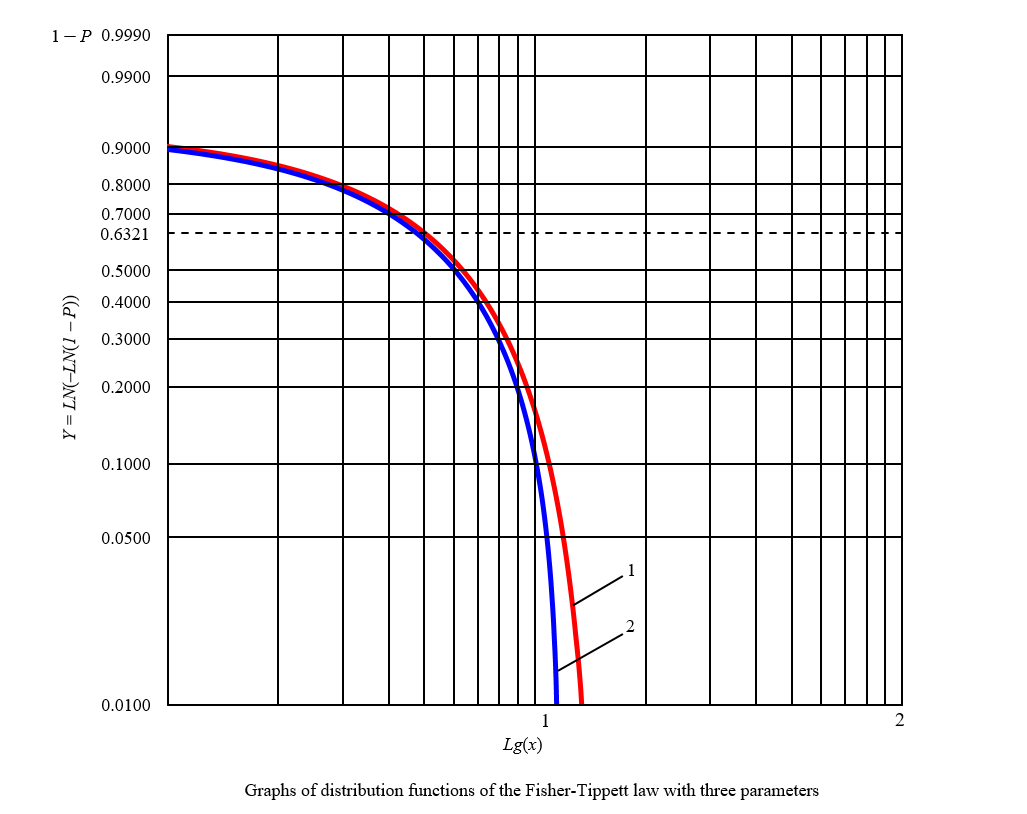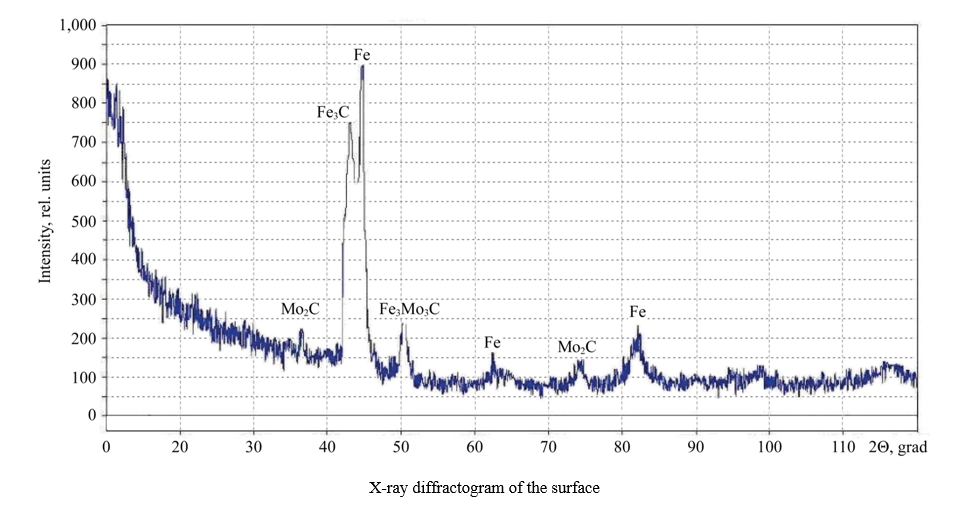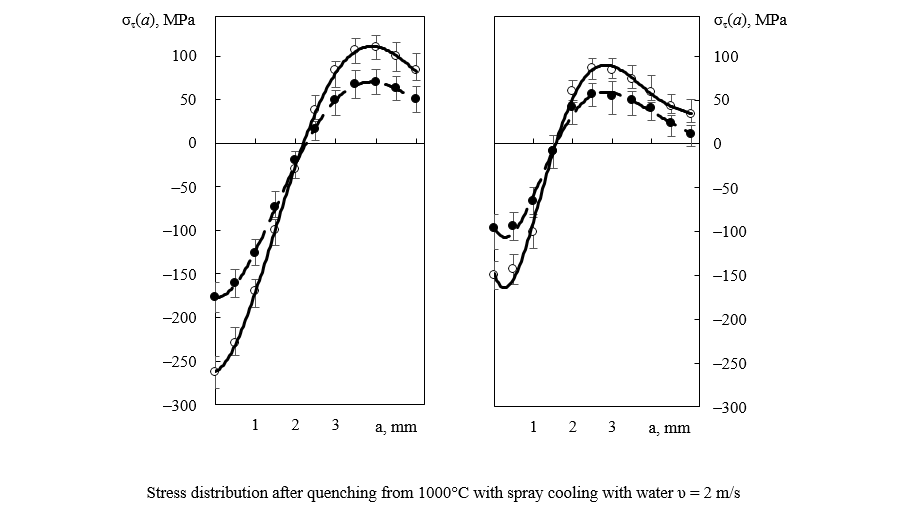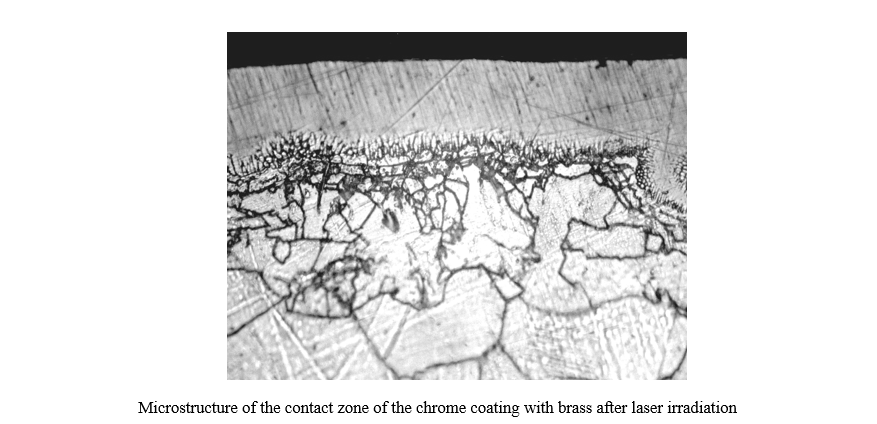TECHNOSPHERE SAFETY
Introduction. Due to the increasing demand for lithium-ion batteries, it has become a pressing issue to find an environmentally friendly and safe way to dispose of old batteries. The life cycle of these batteries is shorter than that of the equipment they power, which leads to a growing amount of waste. This waste poses a serious problem for disposal and can have harmful effects on the environment. At the same time, recycling spent lithium-ion batteries offers a solution. By extracting valuable components we can return these components to the production process and create a closed-loop system. In this regard, the aim of this study is to investigate the methods of recycling lithium-ion batteries and to analyze the proposed method for their disposal, which involves extracting valuable components such as Li2CO3, while introducing the principles of a closed-loop economy into the production process.
Materials and Methods. The methods of systematizing scientific literature on lithium-ion battery recycling were used. The “Mpr_Dipl” software was used to select the most promising method, which includes direct decision-making, paired comparison, and weighted sum methods. A technological process for lithium-ion batteries processing was developed using the COMPASS-3D software.
Results. As a result of the analysis, the advantages and disadvantages of each lithium-ion recycling method were highlighted. A hydrochemical method was selected using the multi-criteria decision-making method. A five-stage process for lithium ion battery processing with lithium carbonate extraction was developed, including grinding, separation, filtration, precipitation, and wet Li2CO3 capture. The material balance for the developed method was calculated.
Discussion and Conclusion. The developed recycling system ensures safe recycling of used lithium-ion batteries with minimal negative environmental impact and maximum recovery of valuable components. These results can be used to optimize the recycling process and maximize the extraction of valuable materials from spent lithium-ion batteries for further sale as lithium carbonate, thereby generating additional revenue
Introduction. In today's world, with the increasing pace of urbanization, environmental safety plays a crucial role in urban planning and management. Subway operations, as an important part of urban infrastructure, contribute to population mobility, but they can also cause significant environmental problems. Such scientists as Kulikova E.Yu., Konyukhov D.S., Potapova E.V., Balovtsev S.V., Chunyuk D.Yu., etc have studied these issues. However, their research mostly ignores the fact that one of the major threats to environmental safety is the degradation of tunnel linings due to hydrogeological processes. This not only increases the risk of accidents but also increases the likelihood of negative impacts on groundwater and the environment. Therefore, the study of the nature of the development of defects in tunnel linings and their dynamics over time is of both scientific and practical interest, and is the aim of this research. To achieve this objective, it is necessary to analyze the relationship between the condition of the tunnel lining and environmental safety based on data about defects in subway tunnel structures and their impact on the environment.
Materials and Methods. For this study, we used defective sections of the subway tunnel linings from several lines of the Moscow Metro as materials. We conducted field studies of the lining's condition and geodetic surveys of the tunnels, which revealed significant changes in the indicators compared to the normative values as a result of the interaction between the human-made environment and the surrounding nature. Additionally, we employed seismoacoustic inspection methods to inspect the tunnel linings using shock excitation.
Results. Data on the dependence of defect development on changes in groundwater level has been obtained. Defects in tunnel linings contribute to the leakage of chemically active substances into soil and groundwater, which threatens biodiversity and reduces water quality used by the population.
Discussion and Conclusion. Field surveys have shown that defects in tunnel linings, such as cracks, concrete leaching, and waterproofing violations, have a direct impact on environmental safety. Therefore, maintaining the integrity of these structures is a key element in ensuring environmental safety in urban areas. The results of this research will form the basis for developing comprehensive proposals to improve monitoring techniques and ensure the structural integrity of tunnel structures.
MACHINE BUILDING
Introduction. Before repairing or reconstructing steel structures, it is necessary to obtain information about the strength capacities of the metal. The estimated service life of metal structures is tens of years, but it is known that the mechanical properties of the original metal change over time. Additionally, many facilities operate beyond these anticipated lifespans. As some researchers have noted, the challenge of obtaining such information is due to several factors. Firstly, in most cases, it is impossible to cut samples from existing structures. Secondly, the use of non-destructive testing methods needs to ensure sufficient accuracy in assessment. Thirdly, non-destructive testing may not be physically possible due to the design features of the object. Fourthly, survey work on the operating structure can be very laborious and expensive, requiring a reduction in volume and cost. Fifthly, when assessing the mechanical characteristics of the metal, it is important to apply an approach that guarantees the accuracy of results while minimizing work by utilizing previously obtained information on similar metals. Given these challenges, the development of a methodology that combines non-destructive testing with prior information is crucial.
In non-destructive testing of structures, methods for qualitative assessment of the condition of metal or welded joints are used, such as ultrasonic, magnetic, and radiation techniques. There are also quantitative methods for evaluating mechanical characteristics, such as using portable hardness testers. However, most methods for assessing strength characteristics, such as yield strength and temporary tear resistance, are cumbersome and limited to laboratory settings.
The methods of clarifying experimental information using a priori data by experts are conventionally divided into three categories:
− according to the priority of the weight of a priori and experimental data;
− extrapolation of past data to future periods;
− based on Bayesian procedures.
This article describes a non-destructive strength testing method based on indentation developed with the author's participation and repeatedly tested in actual surveys. The aim of this article is to justify the author's methodology to minimize the amount of required samples during survey work by combining non-destructive testing methods and Bayesian accounting for experimental information.
Materials and Methods. The research plan involved analyzing experimental data on the mechanical properties of metals and developing an algorithm to minimize the number of samples of control objects. Before measuring, the metal of the structures was cleaned with a hand grinder. The method of non-destructive testing of the evaluation of mechanical characteristics according to the parameters of the impact insertion of the indenter into the surface under study was used. To minimize the amount of work, a Bayesian approach was used to reduce the variability of posterior values by utilizing additional experimental data on the mechanical characteristics of such steels. The material St3 of strength class KP 245 with yield strength of 245 MPa and tensile strength of 412 MPA was studied. Additional experimental data on this material's properties were available from a previously studied metal structure.
Results. The method of non-destructive testing of the strength of metal in pipe structures has been implemented. This method used prior information obtained from previous surveys of similar materials. Based on a Bayesian approach, experimental and previous information was combined, in particular, the values of time resistance to rupture. A method for estimating the minimum required sample size of the examined structural elements was proposed provided there was minimal risk from an estimation error. As a result of calculations, it was shown that the use of such a technique was possible with a sample size of 2–3 elements.
Discussion and Conclusion. The proposed methodology was developed based on an analysis of more than 20 surveys conducted to assess the strength of the existing metal structures. Using the non-destructive testing method, we were able to simultaneously determine the yield strength, tensile strength, elongation, and hardness. The article presents data on the values of tensile strength. It should be noted that although the duration of each measurement was 20–30 seconds, in some cases it took longer to inspect large structures, such as bridges, which could take weeks. The calculation performed using the proposed method, which combined experimental and pre-experimental information about one of the strength characteristics of steel, temporary tear resistance, showed the high efficiency and potential for further application in future surveys.
Introduction. Statistical data are used as a basis for assessing the reliability of engineering structures. However, incomplete data or inaccurate modeling of random variables may lead to an overestimation of reliability indicators. In practice, laws with infinitely decreasing or increasing distribution functions of an exponential family are usually used to model random variables characterizing the bearing capacity, load, and resource of engineering structures. To improve the accuracy of modeling of random variables, truncated forms of distribution laws are often used. These forms allow us to consider the random variable within a specified interval, excluding impossible values. Several studies have suggested using the Fisher-Tippett law with three parameters for modeling random variables related to the loading of engineering structures. The advantage of this law is that it limits the range of the random variable on the right side, but the left side of the distribution function decreases indefinitely, which is not ideal for load characteristics. To improve the accuracy of predicting random variables that characterize the load, it would be helpful to have a left-sided restriction using the Fisher-Tippett law. Currently, there are no descriptions of truncated forms of the distribution law in scientific literature. This article will explore the justification and development of a three-parameter truncated form of the Fisher-Tippett law and its use in calculation methods. The goal is to create a left-sided truncated version of the Fisher-Tippett distribution with three parameters to model random variables within a specific range.
Materials and Methods. The article provides a detailed description of the history of the Fisher-Tippet law, including its three-parameter form, and justifies the need for obtaining its truncated form.
Results. As a result of the research, a truncated form of the Fisher-Tippet three-parameter law in differential and integral forms was obtained and substantiated. The findings included graphs and calculations that demonstrated the normalization of a random variable within a given range.
Discussion and Conclusion. The conclusion was drawn about the advantages and disadvantages of the truncated form of the Fisher-Tippet law. The possibility of its practical application in the schematization of random loading processes under operating conditions and testing of machine elements and structures to assess fatigue life and determine fatigue resistance characteristics was established. The direction of further research is related to the practical use of the truncated form, particularly with the need to develop a method for evaluating the parameters of the truncated distribution and verifying the consistency of the proposed model
CHEMICAL TECHNOLOGIES, MATERIALS SCIENCES, METALLURGY
Introduction. One of the most significant challenges in modern materials science is increasing the reliability and durability of tools and machine parts. To address this issue, it is essential to develop high-hardness coatings with enhanced properties. Typically, high-energy techniques are employed for this purpose, but they require complex and costly equipment, limiting their widespread use. Therefore, problem of creating such coatings remains a significant challenge. An effective and affordable approach to creating these coatings on steel products is microarc surface alloying from a coating pre-applied to the surface of the hardened products. The aim of the work was to assess the potential of diffusion molybdenum saturation for creating such coatings. Ammonium molybdate was used as the diffusant agent.
Materials and Methods. To achieve the aim of this study, we used thermodynamic analysis of chemical reactions that can occur within the temperature range of the microarc heating process. For each reaction, we calculated the change in standard Gibbs energy, which allowed us to determine the feasibility and range of occurrence. An experimental study of the microarc molybdenum saturation process was conducted using ammonium molybdate on steel 20 samples using a laboratory setup. The surface current density was set at 0.53 A/cm², and the duration of the process was 6 minutes.
Results. The Gibbs free energy changes for chemical reactions that can occur during the thermal decomposition of ammonium molybdate have been calculated. An experimental study has shown the formation of a molybdenum coating, and the concentration of molybdenum in the diffusion layer has been determined. On the surface of the samples, carbides Mo2C and Fe3Mo3C have been found. The dependence of the coating depth on the content of diffusant in the coating and its thickness has been determined.
Discussion and Conclusion. Thermodynamic analysis has shown that atomic molybdenum can be formed through direct reduction or with the intermediate formation of molybdenum dioxide. The research has confirmed the formation of a diffusion coating on steel after microarc saturation with molybdenum, and the depth of this coating depends on the amount of diffusant in the coating and its thickness. These findings will be used to develop technological processes for microarc molybdenum plating of steel products.
Introduction. After hardening, a product has residual stresses: structural and thermal. The magnitude of the total stresses in the finished part determines its crack resistance under the influence of operational loads. Quenching in a constant magnetic field affects the process of martensite nucleation, and the kinetics of martensite transformation, as well as the processes of martensite decomposition. However, there is currently no data available on how these changes in structure affect the stress diagram in a heat-treated product. The aim of this study was to investigate the influence of a constant magnetic field during hardening of iron-carbon alloys on the stress distribution across the cross-sectional area of parts.
Materials and Methods. The studies were conducted on samples of technical iron, steel 45, and ferritic malleable cast iron. Cylindrical samples with a diameter of 16 mm and ring samples with an outer diameter of 20 and 55 mm were used. The samples were heated in an electric furnace or an induction heating lamp generator LZ-13, and quenched in water or mineral oil. A constant magnetic field with strength of 768 to 1600 kA/m during hardening was created in the bore of a FL-1 electromagnet. Residual stresses were determined using the original method developed by V.A. Blinovskii based on measuring bending deformations in hollow bodies of revolution.
Results. The change in temperature on the surface, in the core, and the temperature difference across the cross-section of a cylindrical sample during cooling in water with and without a magnetic field was obtained. The distribution of stresses over the cross-section after quenching with and without a field for industrial iron in still water was studied. The stress distribution over the cross-section was studied after quenching in a field and without a field in calm water, as well as during spray cooling of steel 45 and ferritic ductile cast iron at different rates.
Discussion and Conclusion. The obtained calculated and experimental data allowed us to evaluate possible changes in the residual stress diagrams under the influence of a magnetic field after quenching with volumetric and surface heating. A study of the kinetics of cooling in water under the influence of a magnetic field showed that the temperature difference across the cross-section remained practically unchanged, but there was a decrease in the cooling capacity of the water, which contributed to a reduction in the level of thermal stress. Hardening in a magnetic field led to a reduction of residual stresses in iron-carbon alloys. The change in the distribution of total residual stresses during magnetic tempering was due to a change in their structural component. The magnetic field influenced the distribution of structural, thermal and total residual stresses. The reason for the observed effects was the change in the structural state of steel and cast iron and the cooling ability of water-based quenching liquids under the influence of a magnetic field. The reduction of the level of residual stresses during heat treatment in a magnetic field reduced the likelihood of brittle fracture and cracking, led to a decrease in deformation and warping of hardened steels, and created favorable conditions for the operation of parts under conditions of alternating loads and abrasive friction.
Introduction. During pulsed laser processing and modification of the surface of non-ferrous alloys and coatings based on them, several still unresolved issues arise. In particular, the extreme thermal deformation conditions of laser processing are not linked to the peculiarities of structure formation and formation of properties in irradiated “coating — copper substrate” compositions. A metal physical analysis of the possibility and reasons for increasing the adhesion strength of coatings to a metal (copper) substrate during high-speed laser processing is insufficiently substantiated and evidence-based. To make a reasonable choice of technological parameters for the surface hardening mode of non-ferrous alloy products, as well as for obtaining high-quality workable composite layers on their surface, it is necessary to solve the above issues and tasks. The aim of this article is to determine the possibility and conditions for increasing the adhesion strength of a chrome coating to a copper substrate under laser irradiation of the composition.
Materials and Methods. Metal physical studies in the work were carried out on samples of non-ferrous alloys of the Cu–Zn system with a chrome electrochemical coating with a thickness of 20 μm. The “copper substrate — chrome coating” composition was irradiated at a Kvant-16 installation with a radiation power density of 70–250 MW/m2. Metallographic structural analysis, scanning probe microscopy, and durometric studies were used in the work.
Results. It has been calculated that the dynamic and thermal stresses arising in the laser-irradiated compositions “chrome coating — copper substrate” were about 320 MPa. Metal physical studies revealed that, in extreme thermal deformation conditions of laser treatment, the effect of contact melting was manifested at the boundary of the coating with the copper base. Dynamic recrystallization occurred in the surface layers of the irradiated L62 copper alloy, resulting in the formation of grains with a size of 4.5–5.0 μm on the surface of the alloy with an initial grain size of 25 μm.
Discussion and Conclusion. It has been found that the adhesion strength of a chrome coating to a copper alloy substrate increased laser irradiation at a radiation power density of 150 MW/m2. This was due to the formation of a transition region 2–4 μm deep in the contact zone with a structure consisting of sections of mutually insoluble solid solutions based on chromium and copper. Based on the analysis of the copper —chromium state diagram and the model of the temperature field under laser irradiation of the chromium coating, it was suggested that contact melting occurred in the transition zone from the coating to the copper substrate. It was shown that thermostrictive stresses, the calculated quantitative values of which were about 320 MPa, had an initiating effect on the observed processes of structure formation in the laser irradiation zones. It was found that such a level of stresses arising in copper alloys under laser irradiation was sufficient for plastic deformation and dynamic recrystallization of the metal and contributed to the formation of a fine-grained structure (4.5–5.0 μm) with an initial grain size of 25 μm. An analysis of the results of studies of irradiated compositions "coating — copper substrate" allowed us to conclude that they expanded the technological capabilities of the laser method of hardening materials and ensure guaranteed high performance of irradiated products with coatings


